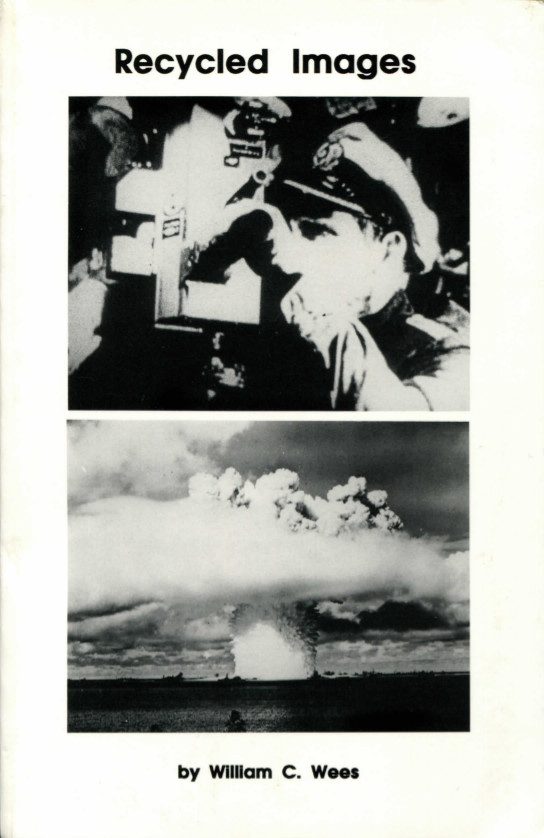Aleksandar Bošković: Photopoetry and the Bioscopic Book: Russian and Czech Avant-Garde Experiments of the 1920s (2013)
Filed under thesis | Tags: · art, art history, avant-garde, book, constructivism, montage, photomontage, poetry, technology, typography, visual poetry

The extraordinary junction between poetry, photography and photomontage — photopoetry — flourished in avant-garde books and journals throughout Europe in the 1920s and 1930s. The new genre aspired to appropriate the products of technological culture in creating poetry more alert to the mass sensibility of a rapidly changing mechanical age. As a new hybrid form that combines poetic text and photographic images, it was ripe for poetic experimentation and production of optical provocations.
This dissertation focuses on three avant-garde photo-poetry books — Mayakovsky and Rodchenko’s About This (1923), Nezval and Teige’s Alphabet (1926), and Mayakovsky and Rozhkov’s unpublished and little known To the Workers of Kursk (1924-7) — examining them from the angle of the bioscopic book, a concept envisaged in a programmatic manner by El Lissitzky in 1923. (from the Abstract)
Dissertation
Slavic Languages and Literatures, University of Michigan, 2013
309 pages
PDF, PDF (9 MB, updated on 2020-7-23)
See also Mayakovsky and Rozhkov’s book in PDF (3 MB, via vk.com). Commentary: Bošković (2017).
Comment (0)William C. Wees: Recycled Images: The Art and Politics of Found Footage Films (1993)
Filed under book | Tags: · appropriation, cinema, collage, experimental film, film, film theory, montage, politics

An important film-theoretical work, especially significant for its attempt to delimit the phenomenon of found footage film.
Includes condensed commentary from author’s 1991 informal interviews with North American filmmakers who have made extensive use of found footage: Craig Baldwin, Abigail Child, Bruce Conner, David Rimmer, Keith Sanborn, Chick Strand, and Leslie Thornton.
Published in conjuction with the Anthology Film Archives’ May 1993 survey of found footage and collage films.
Publisher Anthology Film Archives, New York City, 1993
ISBN 0911689192, 9780911689198
117 pages
via Alex Costa
Commentary: Pierre Rannou (Esse, 2008).
PDF (32 MB)
Comment (0)Konstantin Akinsha: The Second Life of Soviet Photomontage, 1935-1980s (2012)
Filed under book | Tags: · art, art history, avant-garde, cinema, constructivism, film, ideology, montage, photography, photomontage, politics, propaganda, russia, socialist realism, soviet union
“This dissertation explores the development of Soviet photomontage from the second half of the 1930s to the end of the 1970s. Until now, the transformation of the modernist medium and its incorporation into the everyday practice of Soviet visual propaganda during and after the Second World War has not attracted much scholarly attention. The firm association of photomontage with the Russian avant-garde in general, and with Constructivism in particular, has led art historians to disregard the fact that the medium was practised in the USSR until the final days of the Soviet system. The conservative government organisations in control of propaganda preserved satirical photomontage in its post-Dadaist phase and Heartfield-like form, finding it useful in the production of negative propaganda.”
Doctor of Philosophy Dissertation
University of Edinburgh, 2012
328 pages + 368 pages of illustrations
PDF (29 MB)
Comment (0)
